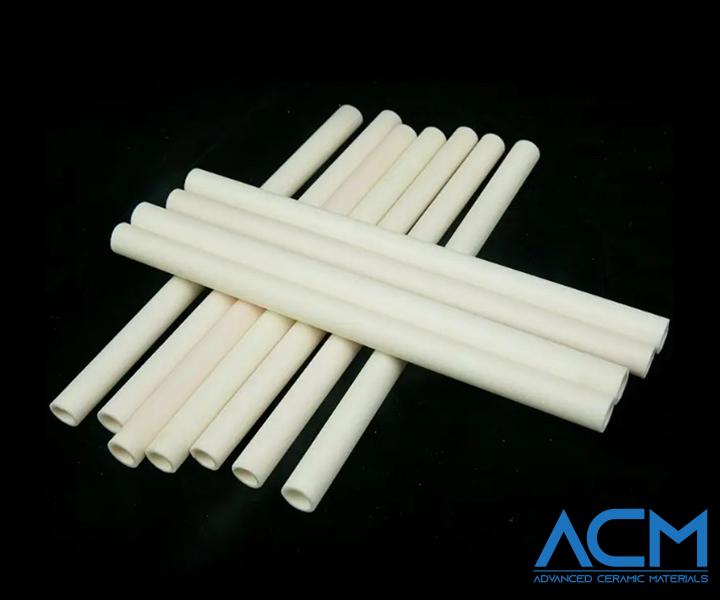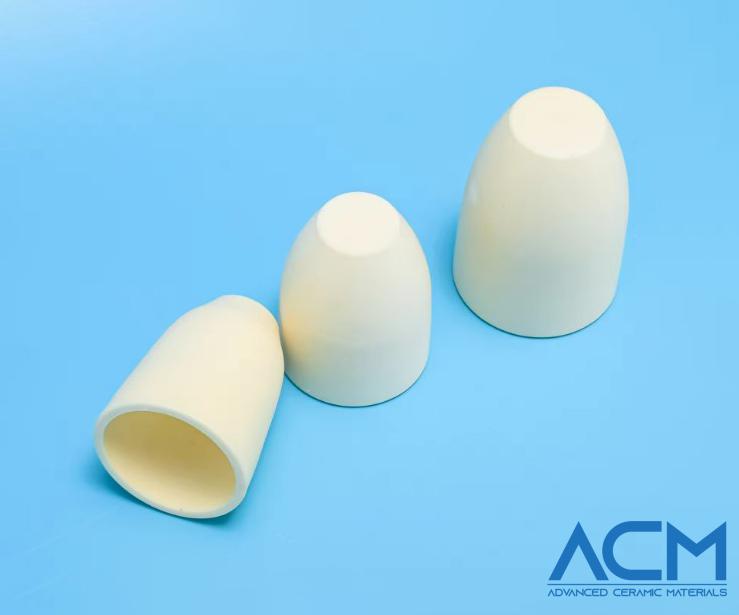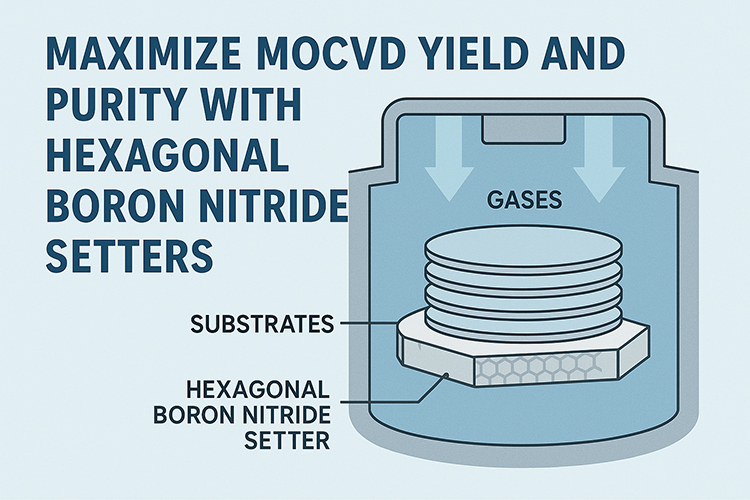Alumina Substrates in Semiconductor Applications: Key Uses and Market Trends
Alumina, or aluminum oxide, is a key material in the semiconductor industry. It helps manage heat, insulate electricity, and resist damage from chemicals and high temperatures. These properties make it a popular choice as a substrate in many semiconductor devices. This article focuses on how alumina substrates are used in semiconductors, their benefits, and what drives their demand.
Main Uses of Alumina Substrates in Semiconductors
Alumina substrates are used in many parts of the semiconductor industry because they provide unique benefits. The table below shows the main applications and their key benefits.
Table: Key Uses and Benefits of Alumina Substrates in Semiconductor Applications
| Application | Benefits of Alumina Substrates |
|---|---|
| Microelectronics | - Cools down parts - Keeps signals clear - Holds parts in place |
| Power Electronics | - Moves heat away - Prevents electrical leaks - Strong and long-lasting |
| RF and Microwave Circuits | - Keeps signals strong - Stays stable when hot - Supports small parts |
| LEDs and Optoelectronics | - Controls heat - Extends LED life - Supports smaller devices |
| Sensors and Actuators | - Works in tough conditions - Keeps sensors accurate - Fits many sensor types |
Now, let’s explore these uses in more detail.
1. Microelectronics
Alumina substrates are a base for microelectronics, like integrated circuits (ICs). These circuits have many tiny parts mounted on them, such as transistors, resistors, and capacitors. The substrates help in several ways:
-
Cooling: The small parts in ICs can get very hot. Alumina substrates help spread the heat away, which keeps the circuits cool and working well.
-
Electrical Safety: The substrate prevents unwanted electrical currents from flowing between different parts. This keeps the signals clear and the circuits safe.
-
Stability: The substrate keeps all parts in place, providing a solid base during use and handling.

2. Power Electronics
Power electronics, like power modules and converters, handle high levels of electricity. They need substrates that can manage both heat and electrical currents safely. Alumina substrates work well for this because:
-
Heat Management: They move heat away from the device, which prevents overheating and keeps everything running smoothly.
-
Electrical Insulation: They prevent electrical leaks, which improves safety and reliability.
-
Durability: Alumina substrates are strong, which helps them last longer in tough conditions, like vibration or high stress.
3. RF and Microwave Circuits
Alumina substrates are also used in RF (radio frequency) and microwave circuits, which are found in communication systems and radar. These circuits work at very high frequencies and need substrates that do not weaken the signal.
-
Signal Strength: Alumina substrates keep signals strong by not absorbing much microwave energy.
-
Heat Resistance: They stay stable even at high temperatures, which is important for circuits that get hot during use.
-
Precision: Alumina can be made very precisely, which is necessary for the small parts in these circuits.
4. LEDs and Optoelectronic Devices
LEDs (light-emitting diodes) and other optoelectronic devices, like lasers, generate a lot of heat. Alumina substrates help control this heat to ensure reliable performance.
-
Cooling: They help spread heat away from LEDs and other devices, which prevents damage and keeps them working longer.
-
Long Lifespan: By keeping the devices cool, alumina substrates help extend their life, which is especially important in high-power LEDs used in lights and displays.
-
Support for Small Devices: As devices get smaller, alumina substrates provide a stable base, supporting miniaturization in optoelectronics.

5. Sensors and Actuators
Alumina substrates are used in various sensors and actuators that work in tough environments, like factories or cars.
-
Durability: They can handle high temperatures, moisture, and chemicals, making them ideal for sensors.
-
Accuracy: The stable base helps sensors stay accurate over time.
-
Flexibility: Alumina substrates work well with many types of sensors, including those measuring temperature, pressure, and more.
Market Trends for Alumina Substrates in Semiconductors
The demand for alumina substrates in semiconductors is growing because of several trends:
-
Smaller and Faster Chips: As technology advances, there is a need for chips that are smaller and faster. Alumina substrates help meet these needs by providing good heat management and electrical insulation.
-
Growth in 5G and Power Electronics: The spread of 5G networks and the use of power electronics in electric cars and renewable energy are increasing the demand for alumina substrates.
-
Rising Use of LEDs and Optoelectronics: More use of LED lighting and optoelectronic devices is driving up the need for alumina substrates. They help keep these devices cool and performing well.
-
Cost-Effective Choice: Alumina substrates provide a good balance of cost and performance, making them popular in many applications.
Conclusion
Alumina substrates are important in the semiconductor industry. They help manage heat, insulate electricity, and provide strength, making them useful in many applications, from microelectronics to sensors. As demand for high-performance materials grows, alumina substrates will continue to be a key part of semiconductor technology.
For more details about alumina substrates, visit ACM's website and read their articles on ceramic materials used as substrates and everything about alumina ceramics.
{{item.content}}
LEVE A REPLY
{{item.children[0].content}}
{{item.content}}
LEAVE A REPLY
SUBSCRIBE OUR NEWSLETTER
- Boron Nitride in Cosmetics: Enhancing Performance and Sensory Appeal
- Maximize MOCVD Yield and Purity with Hexagonal Boron Nitride Setters
- What Are the Advantages and Uses of Boron Nitride Ceramic Sheet?
- The Compression Annealing Advantage for Pyrolytic Boron Nitride
- Beyond Insulation: The Surprising Spectrum of Ceramic Thermal Conductivity
















